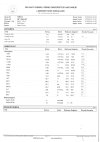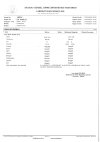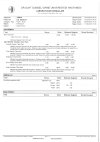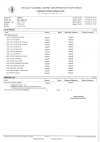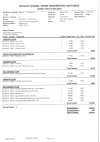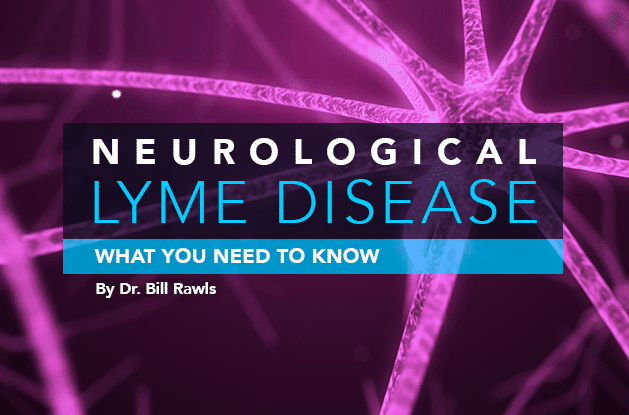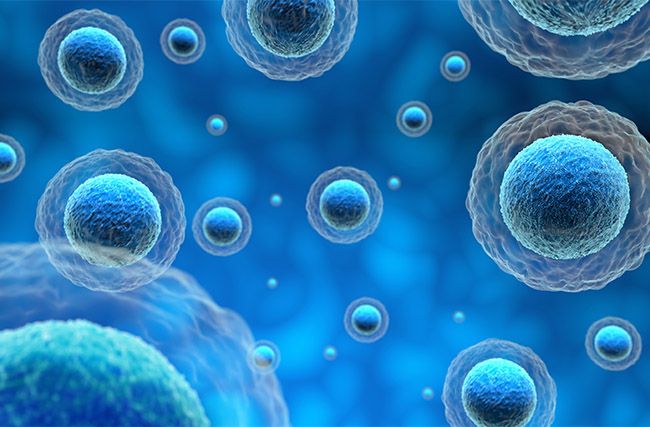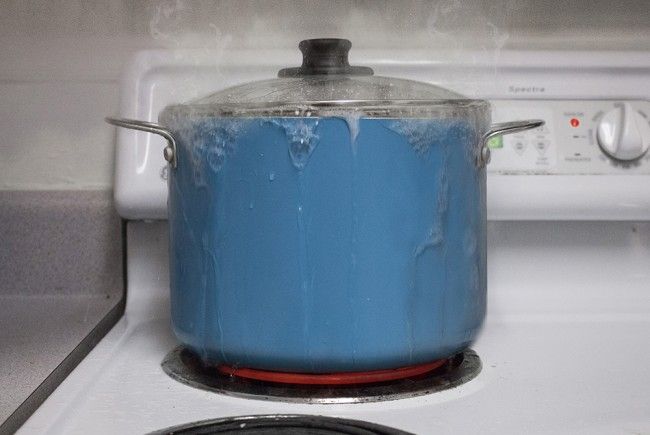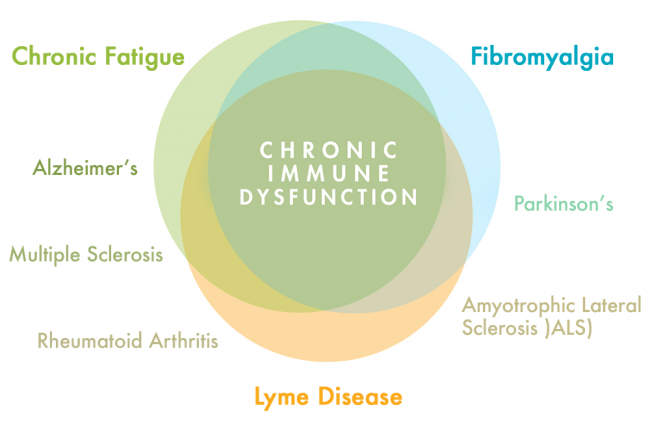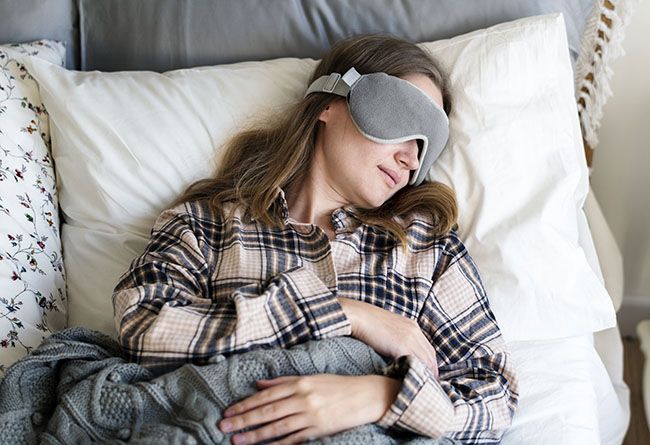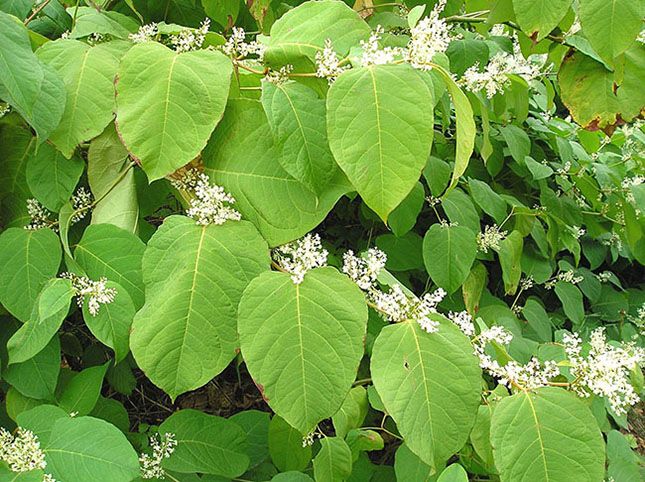happyliza
The Living Force
Hi broken.english you have a very good point. I am still slowly going through all the 35 speakers of the summit and writing notes which I will type up here as time allows. I have also just saved all the comments from the 'encore conference' this weekend. As I truly recommend that a major part of the benefit from such expert speakers comes from those with Lyme, and their comments can be more valuable in many cases, and an objective balance to the whole information gathering.
I find it very reassuring that on realizing it was Lyme I had suffered from for years, that the Lyme Summit suddenly appeared, when there was sparse information here about Lyme, once I started researching.
There is at least one more talk for me to listen to on the Rife machine modalities, and I will post any relevant findings accordingly. But also, I will post everything I am learning as this will be vital once people realize the silent epidemic that it truly is, and what a stealthy plague (mostly man-made again), that few people/loved ones, will not be affected by, in the very near future. However, I/we should consider ourselves very lucky with all the background research already achieved that will help counter these multi-pathogens. So once I have posted all the latest info I am working on, we will be in a strong position to combat this debilitating disease and help others in the process.
It is very generous of you to loan your machine, and your knowledge of the different pathogens, the machines are at least $7/8000 now.
Ironically, on Thursday I went to a book signing I happened to see in the local paper, written about two people I know here - a very experienced dowser and a lady who is also very experienced with using the pendulum.
For anyone who may be interested the book is self published by Jenny Vardy (wife of Ron Vardy - the dowser), and is called Behind the Rods - Tales of a witch and a wizard. All proceeds go to the recently discovered neolithic site in Tatlisu, which is as old as Gobekli Tepe.
The upshot was that currently the only reliable prognosis of Lyme is muscle testing - Kinesiology, it occurred to me that, as he uses rods for health matters, that the same morphic field, could also produce similar results.
So we went with two basic questions :
1) How serious is my Lyme infection (eg how invasive is it now)?
2) How long have I had it?
In the centre of the bookshop Ron put his dowsing rods to work and told me that he would ask the field from 1-10 how serious my Lyme infestation was.
By the look on his face, as the rods were turning slowly outwards from my body, I already knew what I had really known since I cottoned on to the Lyme equation. But not quite as shocking as the answer! On the scale he asked he told me it had given a 9/10 prognosis - in fact nearer 10 than 9!!! Ok, I could just about handle that but...
Then the biggest shock came. I had had Lymes for over 25 years!! That is since I was 37/38 just after my first divorce! Makes sense, my body was certainly totally compromised immune-wise. But why did it not fully manifest then? In retrospect, I noted through my research, that significant symptoms that I recall, only really started manifesting from 2003/2004. This was a very traumatic time for me with serious losses of loved ones, a second divorce, and the backlash of being a a government employee whistle-blower, and a whole gamut of genuine emotional trauma.
Then the next question is, why did it manifest into chronic stage 3, around 2016, (or stage 4 now, according to the dowser)? Well, despite my life being FULL of MEANING, STO goals, and daily gratitude, I was still undergoing conscious stress with the knowledge that my mother is not long for this world and that my children and family need me despite my future being abroad. this was very unsettling (understatement), and emotionally pulling me in two different directions, naturally, and the crux was decided for me! My body said NO!!
I am purely sharing this, to prove how detrimental it can be for our immune system to pursue altruistic goals when subconsciously you wish to be somewhere else! Despite the climate being better for my health and well-being, which it has been, subconsciously, I was away from my loved ones, and with family, I am now much needed. So life is about compromising, and inner awareness, listening to your body, even though nobody had a problem of me being out here, and encouraged me in fact. It is also about having a good support system, especially if you choose to 'go it alone'. This may sound totally superfluous, but our psychological make-up is very complex, and as we know the other bummer is 'unresolved issues'. So did I bring this on to myself? Maybe?
Although I know all my 'unresolved issues' now thankfully, and finally, after much intense study and contemplation, the pathogens got there first More likely, they slowed down my cognitive processing all this time. However, I am very confident that I will find a workable protocol which hopefully will be effective for everyone (though everyone is different as we know). So I am happy to be the guinea pig, as we are not the 'disease'.
More likely, they slowed down my cognitive processing all this time. However, I am very confident that I will find a workable protocol which hopefully will be effective for everyone (though everyone is different as we know). So I am happy to be the guinea pig, as we are not the 'disease'.
Some things I will post will replicate what we have on other threads, but I think it is important to have all 'Lyme' related info in one place, Because I found it very difficult to connect all the dots of all the different threads re health matters and made basic and detrimental mistakes, trying to incorporate everything, and missing vital issues, despite reading about them in books as well, such as eliminating toxins/drainage simultaneously when doing most of the health regimes. Despite thinking I 'understood' what I was doing. I suffered from total information overload, and there were so many extensive threads to memorize/copy/practice. So for someone with 'Lymes', they need to get right to the issue and remedies as soon as possible in one place IMHO, especially as it is the most complex of pathogens to get to grips with. The average person has been to 30 doctors and it has cost them over $100,000 if the 'experts' are correct, just searching for a cure. This is totally criminal. It ruins lives and relationships, and pathogens such as Babeiosis can actually KILL.
Despite my 9 phials of blood samples coming back mostly negative, I have had the 4 main pathogen mis-diagnosed diseases of Lyme, since 2016, of Chronic Fatigue Syndrome, Fibromyalgia, Autoimmune dieseases - continual flu/virus infections etc, and Cognitive Impairments. So despite losing total confidence in my private disease 'specialist', I quietly accepted his diagnoses of negative on Lymes but he would refer me to his colleague for Fibromyalgia where he could arrange some physiotherapy!!
I will share my blood/urine results in the next post.
I would appreciate a proper interpretation of them, if possible.
I paid over £350 for the tests, and he just said everything is negative and practically dismissed me! So although they are a benchmark for my healing journey, I really don’t understand half the initials they have tested for.
Plus any comments may help me/others to analyse their ‘Lyme’ results, and realize that you cannot go by ANY blood/urine tests until you have ‘teased’ the pathogens out from their ‘sanctuaries’ first. But there is nobody here that can do this.Also I asked for my Ferritin levels, but I cannot see them on any page.
Also, self-medicating and taking the antibiotics I had, Metronidazol 500, for my latest gum abscess, styes, did actually clear up the abscess and the continual acne/eczema/rash I had on my forehead for months.
But more importantly, it totally cleared up a 'chest infection' I had for 2 years, causing me to cough nearly the whole time! So it was not due to cigarettes. It was pathogens, So when he clinically tested me, after saying I was a smoker since 14, which he then lectured me about, he could only find TOTALLY clear lungs on the breath test!! (I had assumed it was a continual virus). So there is a brilliant anecdote for these particular antibiotics which were recommended by the forum, thus I kept some in my medicine cabinet, and didn't have to visit the dentist to extract yet another molar!
I find it very reassuring that on realizing it was Lyme I had suffered from for years, that the Lyme Summit suddenly appeared, when there was sparse information here about Lyme, once I started researching.
There is at least one more talk for me to listen to on the Rife machine modalities, and I will post any relevant findings accordingly. But also, I will post everything I am learning as this will be vital once people realize the silent epidemic that it truly is, and what a stealthy plague (mostly man-made again), that few people/loved ones, will not be affected by, in the very near future. However, I/we should consider ourselves very lucky with all the background research already achieved that will help counter these multi-pathogens. So once I have posted all the latest info I am working on, we will be in a strong position to combat this debilitating disease and help others in the process.
It is very generous of you to loan your machine, and your knowledge of the different pathogens, the machines are at least $7/8000 now.
Ironically, on Thursday I went to a book signing I happened to see in the local paper, written about two people I know here - a very experienced dowser and a lady who is also very experienced with using the pendulum.
For anyone who may be interested the book is self published by Jenny Vardy (wife of Ron Vardy - the dowser), and is called Behind the Rods - Tales of a witch and a wizard. All proceeds go to the recently discovered neolithic site in Tatlisu, which is as old as Gobekli Tepe.
The upshot was that currently the only reliable prognosis of Lyme is muscle testing - Kinesiology, it occurred to me that, as he uses rods for health matters, that the same morphic field, could also produce similar results.
So we went with two basic questions :
1) How serious is my Lyme infection (eg how invasive is it now)?
2) How long have I had it?
In the centre of the bookshop Ron put his dowsing rods to work and told me that he would ask the field from 1-10 how serious my Lyme infestation was.
By the look on his face, as the rods were turning slowly outwards from my body, I already knew what I had really known since I cottoned on to the Lyme equation. But not quite as shocking as the answer! On the scale he asked he told me it had given a 9/10 prognosis - in fact nearer 10 than 9!!! Ok, I could just about handle that but...
Then the biggest shock came. I had had Lymes for over 25 years!! That is since I was 37/38 just after my first divorce! Makes sense, my body was certainly totally compromised immune-wise. But why did it not fully manifest then? In retrospect, I noted through my research, that significant symptoms that I recall, only really started manifesting from 2003/2004. This was a very traumatic time for me with serious losses of loved ones, a second divorce, and the backlash of being a a government employee whistle-blower, and a whole gamut of genuine emotional trauma.
Then the next question is, why did it manifest into chronic stage 3, around 2016, (or stage 4 now, according to the dowser)? Well, despite my life being FULL of MEANING, STO goals, and daily gratitude, I was still undergoing conscious stress with the knowledge that my mother is not long for this world and that my children and family need me despite my future being abroad. this was very unsettling (understatement), and emotionally pulling me in two different directions, naturally, and the crux was decided for me! My body said NO!!
I am purely sharing this, to prove how detrimental it can be for our immune system to pursue altruistic goals when subconsciously you wish to be somewhere else! Despite the climate being better for my health and well-being, which it has been, subconsciously, I was away from my loved ones, and with family, I am now much needed. So life is about compromising, and inner awareness, listening to your body, even though nobody had a problem of me being out here, and encouraged me in fact. It is also about having a good support system, especially if you choose to 'go it alone'. This may sound totally superfluous, but our psychological make-up is very complex, and as we know the other bummer is 'unresolved issues'. So did I bring this on to myself? Maybe?
Although I know all my 'unresolved issues' now thankfully, and finally, after much intense study and contemplation, the pathogens got there first
 More likely, they slowed down my cognitive processing all this time. However, I am very confident that I will find a workable protocol which hopefully will be effective for everyone (though everyone is different as we know). So I am happy to be the guinea pig, as we are not the 'disease'.
More likely, they slowed down my cognitive processing all this time. However, I am very confident that I will find a workable protocol which hopefully will be effective for everyone (though everyone is different as we know). So I am happy to be the guinea pig, as we are not the 'disease'. Some things I will post will replicate what we have on other threads, but I think it is important to have all 'Lyme' related info in one place, Because I found it very difficult to connect all the dots of all the different threads re health matters and made basic and detrimental mistakes, trying to incorporate everything, and missing vital issues, despite reading about them in books as well, such as eliminating toxins/drainage simultaneously when doing most of the health regimes. Despite thinking I 'understood' what I was doing. I suffered from total information overload, and there were so many extensive threads to memorize/copy/practice. So for someone with 'Lymes', they need to get right to the issue and remedies as soon as possible in one place IMHO, especially as it is the most complex of pathogens to get to grips with. The average person has been to 30 doctors and it has cost them over $100,000 if the 'experts' are correct, just searching for a cure. This is totally criminal. It ruins lives and relationships, and pathogens such as Babeiosis can actually KILL.
Despite my 9 phials of blood samples coming back mostly negative, I have had the 4 main pathogen mis-diagnosed diseases of Lyme, since 2016, of Chronic Fatigue Syndrome, Fibromyalgia, Autoimmune dieseases - continual flu/virus infections etc, and Cognitive Impairments. So despite losing total confidence in my private disease 'specialist', I quietly accepted his diagnoses of negative on Lymes but he would refer me to his colleague for Fibromyalgia where he could arrange some physiotherapy!!
I will share my blood/urine results in the next post.
I would appreciate a proper interpretation of them, if possible.
I paid over £350 for the tests, and he just said everything is negative and practically dismissed me! So although they are a benchmark for my healing journey, I really don’t understand half the initials they have tested for.
Plus any comments may help me/others to analyse their ‘Lyme’ results, and realize that you cannot go by ANY blood/urine tests until you have ‘teased’ the pathogens out from their ‘sanctuaries’ first. But there is nobody here that can do this.Also I asked for my Ferritin levels, but I cannot see them on any page.
Also, self-medicating and taking the antibiotics I had, Metronidazol 500, for my latest gum abscess, styes, did actually clear up the abscess and the continual acne/eczema/rash I had on my forehead for months.
But more importantly, it totally cleared up a 'chest infection' I had for 2 years, causing me to cough nearly the whole time! So it was not due to cigarettes. It was pathogens, So when he clinically tested me, after saying I was a smoker since 14, which he then lectured me about, he could only find TOTALLY clear lungs on the breath test!! (I had assumed it was a continual virus). So there is a brilliant anecdote for these particular antibiotics which were recommended by the forum, thus I kept some in my medicine cabinet, and didn't have to visit the dentist to extract yet another molar!



